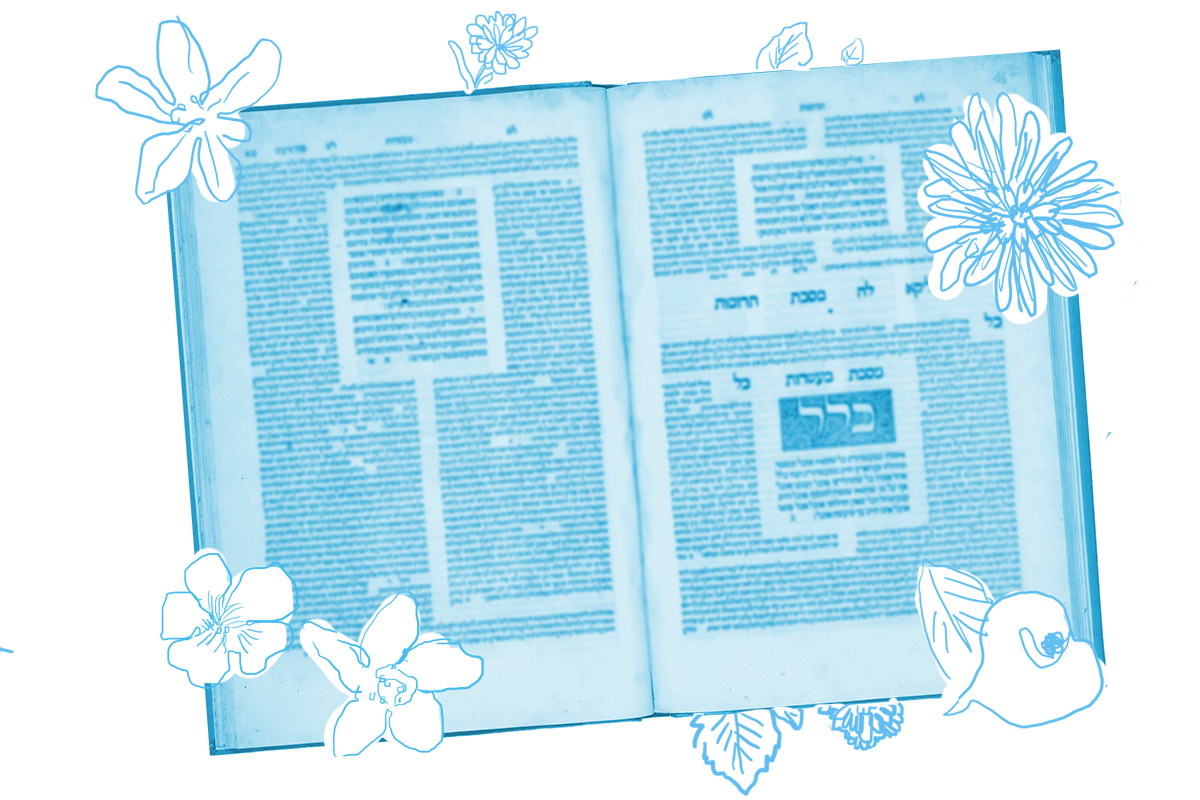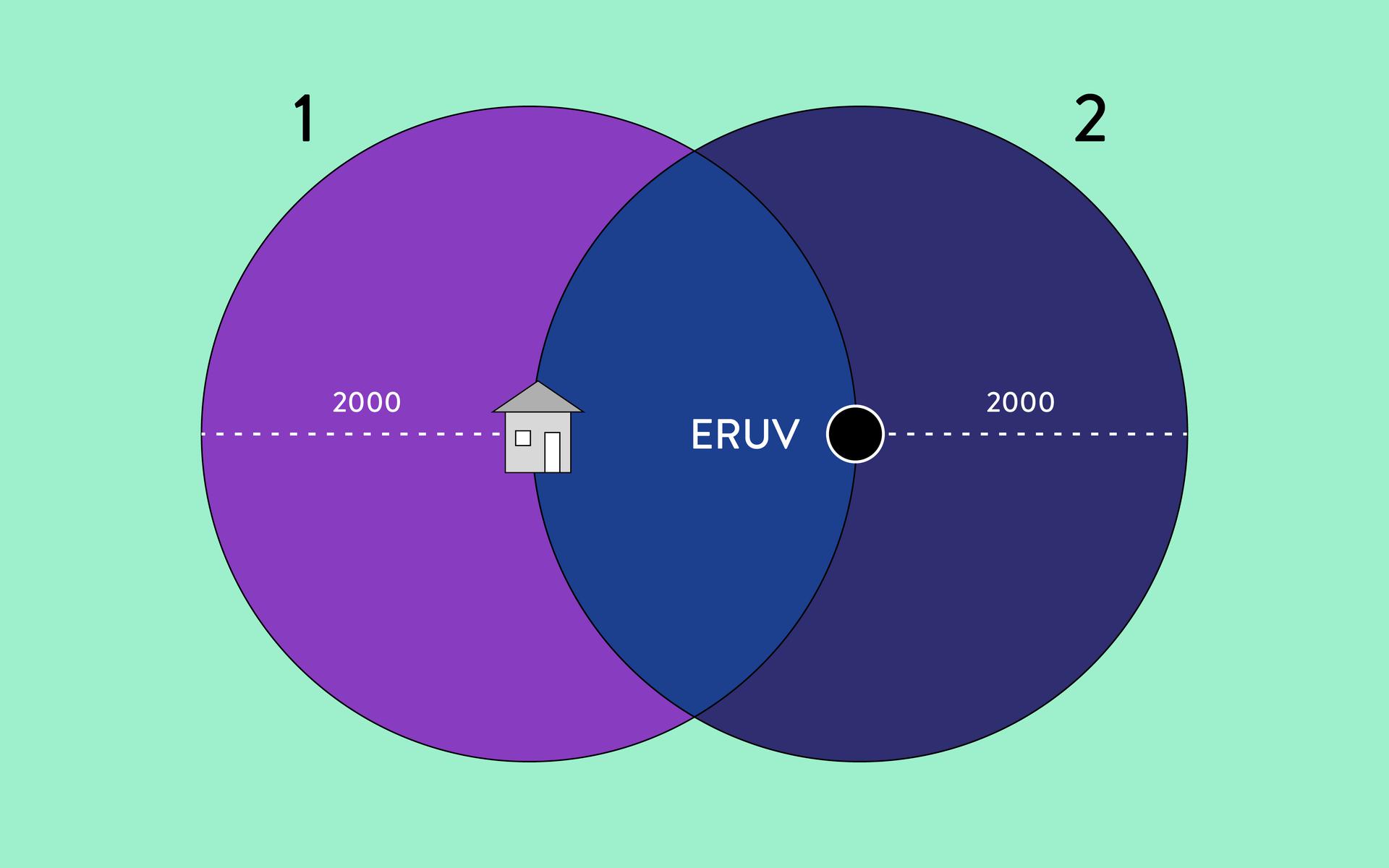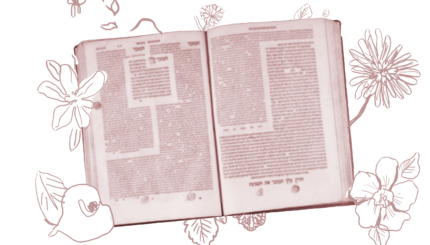Here’s a talmudic riddle: When is a person like both a donkey driver and a camel driver? When one deposits food to establish an eruv for a festival that falls adjacent to Shabbat.
Get it? I didn’t either the first few times. Like many talmudic aphorisms, this one requires some explanation.
For several days now, we’ve been discussing the particulars of an eruv techumin, a type of eruv that extends the distance one can travel outside a town on Shabbat. Normally, the rabbis permit travel up to 2,000 cubits from your town’s border. But if you place some food somewhere within that distance, you establish a symbolic residence that permits travelling an additional 2,000 cubits from that spot on Shabbat.
How does this work? Imagine a circle with a radius of 2,000 cubits with a town in its center. On Shabbat, one is allowed to travel from the town 2,000 cubits to any point on the circle. Now, imagine a second circle whose center is a point on the circumference on the first circle. This second circle represents the eruv techumin.
Once established, the eruv symbolically shifts your place of residence from the center of circle 1 to the center of circle 2, allowing you to travel an additional 2,000 cubits in any direction from where you placed the food. The only catch is, when using an eruv techumin, you are no longer able to utilize sections of your town’s standard travel zone (circle 1) that are outside of your personal eruv (circle 2).
Now, ordinarily if one eats the food of an eruv during Shabbat, the eruv remains in effect until the end of Shabbat. But what if a festival — Passover, Shavuot, or Sukkot — falls on the day after Shabbat. If one eats the food on Shabbat, does the eruv remain in effect for the festival?
The answer depends on whether those two days are considered one sacred event or two. If it’s the former, the eruv would remain operative for both days, as the two days are considered to be one. But if it’s the latter, the eruv would only function for the duration of the first day. The second day would require an eruv of its own.
The rabbis can’t arrive at a clear answer here. So Rabbi Yehuda Hanasi rules stringently:
If one established an eruv by depositing food in the place he wished to establish as his residence, and his eruv was eaten on the first day, one may not rely on it and one may not go out beyond the limit permitted to the rest of the inhabitants of the town on the second day.
Because the eruv may no longer be operative on the second day, one cannot utilize it to travel beyond the borders of the regular Shabbat boundary (circle 1). But because the eruv might be operative on the second day, it’s possible one could only travel within its boundaries (circle 2) on the second day. One of those circles represents a valid eruv on the second day, we just don’t know which is which. Therefore, Rabbi Yehuda Hanasi rules that one should only travel in the overlapping area shared by both circles on the second day.
In response to this ruling, Rabbi Yehuda (not Rabbi Yehuda Hanasi, but a different Rabbi Yehuda) observes:
A person in this situation is both a donkey driver and a camel driver.
Rabbi Yehuda is using an idiom from his day to describe a person pulled in two different directions. A donkey driver walks behind his animals while a camel driver leads from the front. The eruv builder in this case is pulled in one direction by the naturally existing eruv around the town and pushed from another by the eruv he established himself.
So to return to our riddle: When is someone like both a donkey driver and a camel driver? When one deposits food to establish an eruv techumin for a festival that falls adjacent to Shabbat.
Get it?
Read all of Eruvin 38 on Sefaria.
This piece originally appeared in a My Jewish Learning Daf Yomi email newsletter sent on September 16, 2020. If you are interested in receiving the newsletter, sign up here.

Help us keep Jewish knowledge accessible to millions of people around the world.
Your donation to My Jewish Learning fuels endless journeys of Jewish discovery. With your help, My Jewish Learning can continue to provide nonstop opportunities for learning, connection and growth.




